HOW TO TURN LIQUID MANURE INTO LIQUID GOLD
Your guide to creating an economical and environmentally friendly nutrient management plan, in association with:
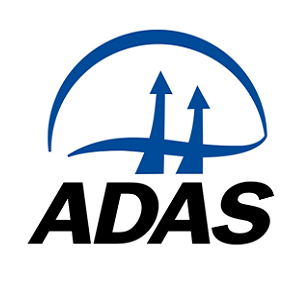

Cattle slurry is a valuable source of nitrogen (N), phosphate (P2O5) potash (K2O) and sulphur (SO3). As fertiliser prices remain high, making best use of slurry can result in large savings in manufactured fertilisers. Maximising slurry fertiliser value also minimises nutrient losses to the environment.
Vogelsang has teamed up with the ADAS and Farm Carbon Toolkit to help you create a nutrient management plan to get the most from your slurry, by planning fertiliser applications to ensure they don’t exceed the crop and soil need.
These measures include soil and slurry testing, getting the application timing right, and what equipment is best to spread to land.
Step 1: Nutrient Planning
Test your soils - spread to the fields that need it most
Soil analysis is the basis of good nutrient management planning and nutrient levels will vary according to soil type and previous management. For example, fields with a history of manure applications are likely to have high soil P and K levels. Target applications to fields with low P and K indices to make best use of slurry nutrients.
How to assess slurry nutrient content:
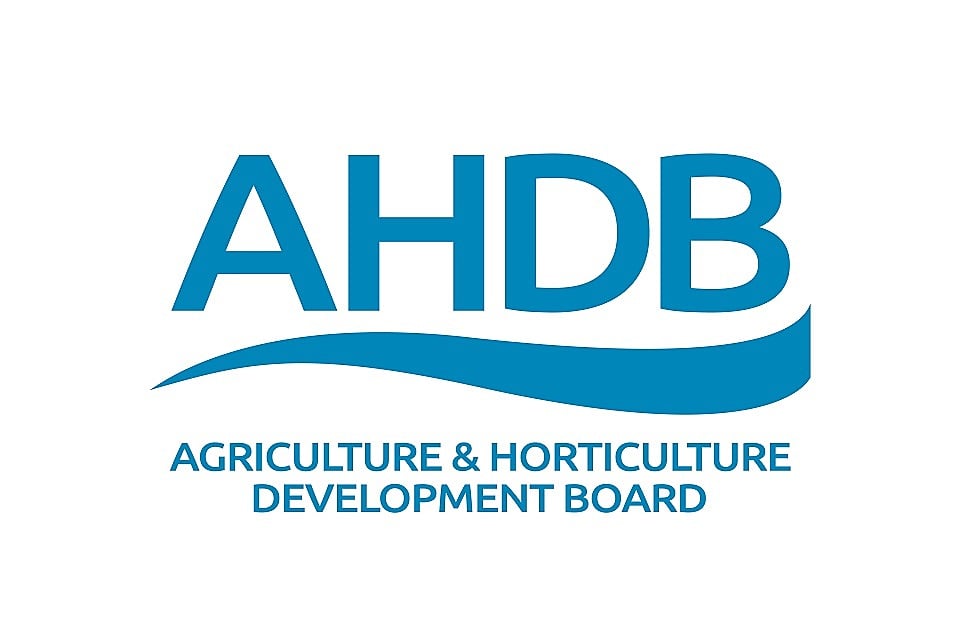
This industry standard manual has typical figures for different manure types. For slurry, nutrient contents are listed for different dry matter contents, which is likely to vary depending on season and the amount of rainfall or yard run-off water that is collected in the slurry tank
Laboratory Analysis
Approx. £50 - £100.
Laboratory analysis can provide a more accurate assessment of slurry nutrient content, as typical values do not account for differences in farm practice such as livestock diet, amount and type of bedding, storage type and duration. Taking representative slurry samples is key to ensuring the analysis accurately reflects the nutrient content of the applied slurry.
Step 2: Precision Application
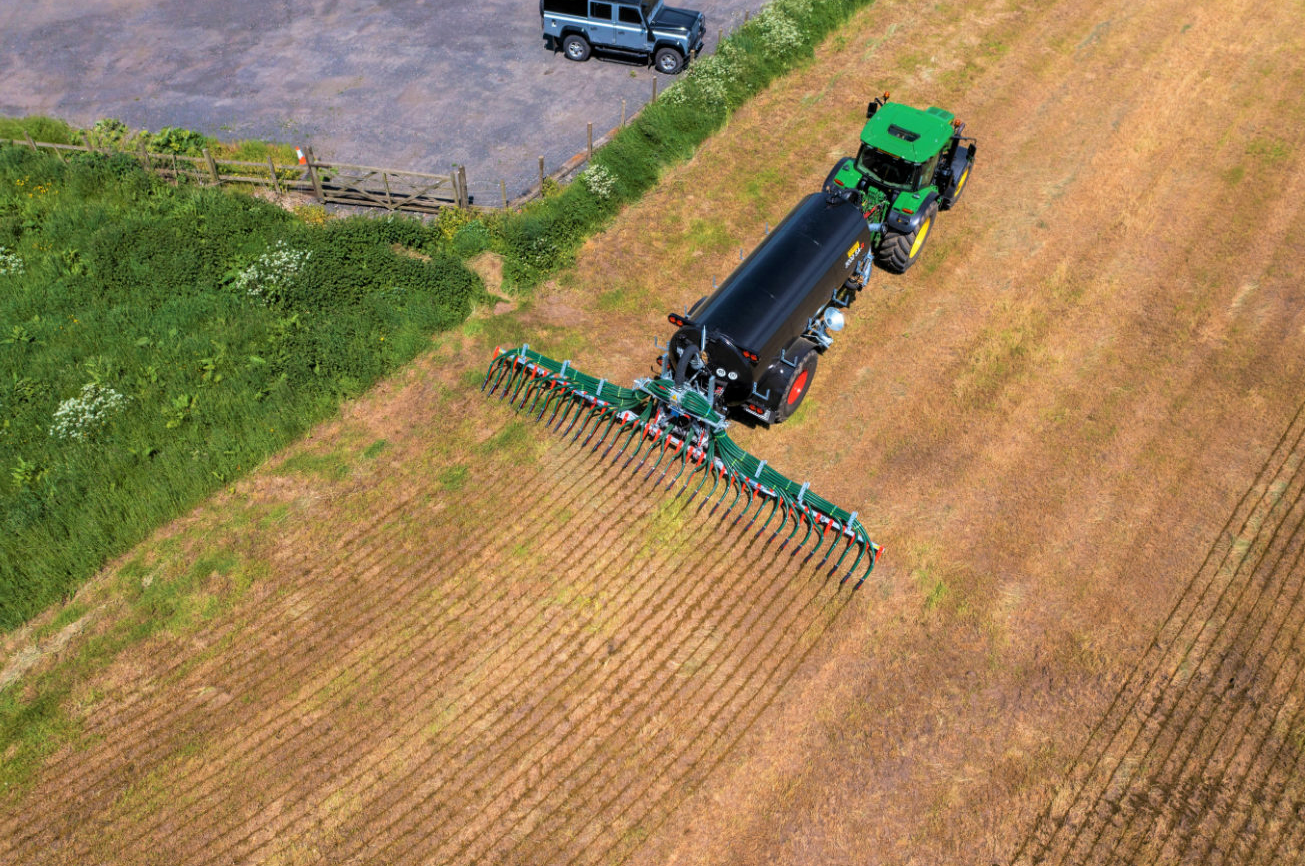
Direct spreading with the right equipment
Once you know the value of your liquid manure and on which fields to spread it, make sure all of this hard work is worthwhile by using the right equipment to spread it to land. Vogelsang has developed a tried and tested distribution system for liquid manure used by farmers globally.
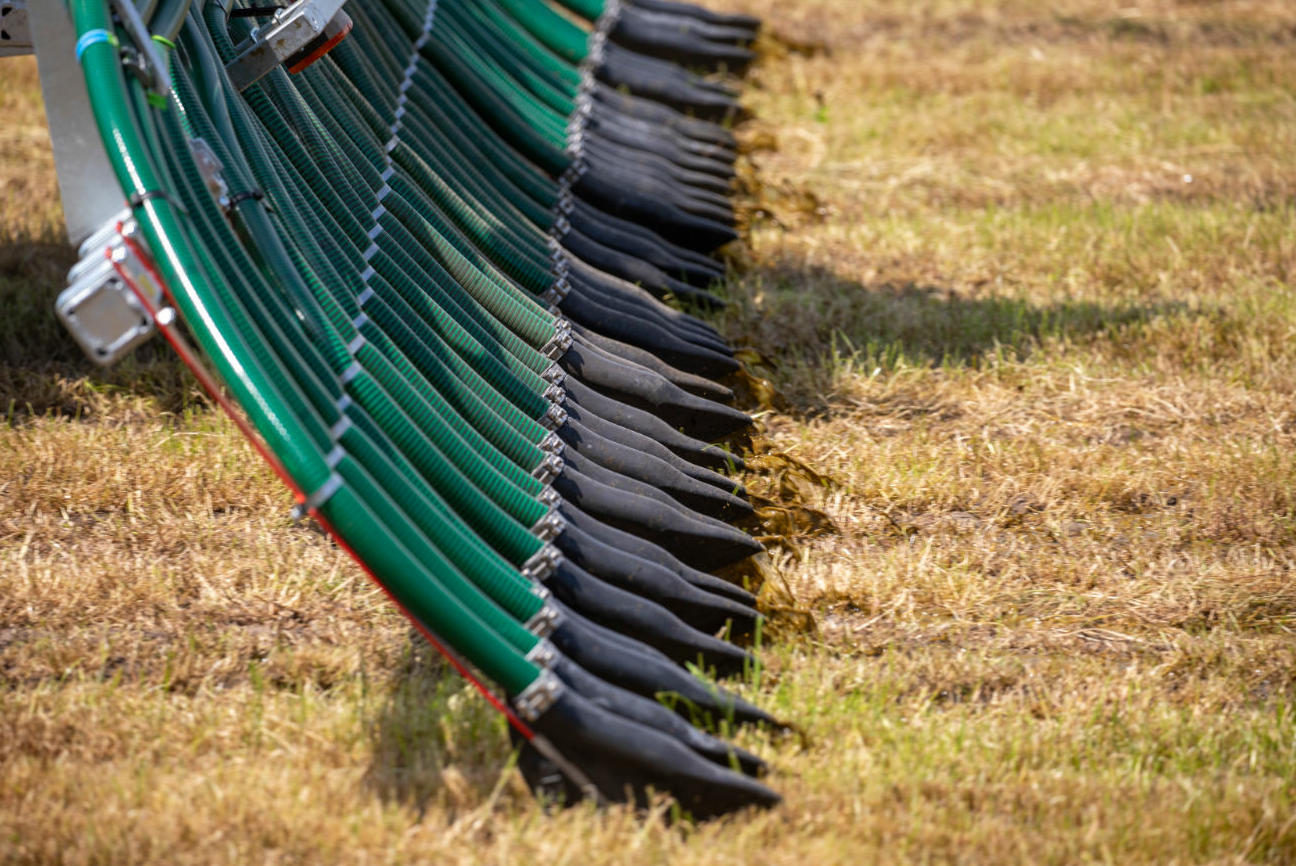
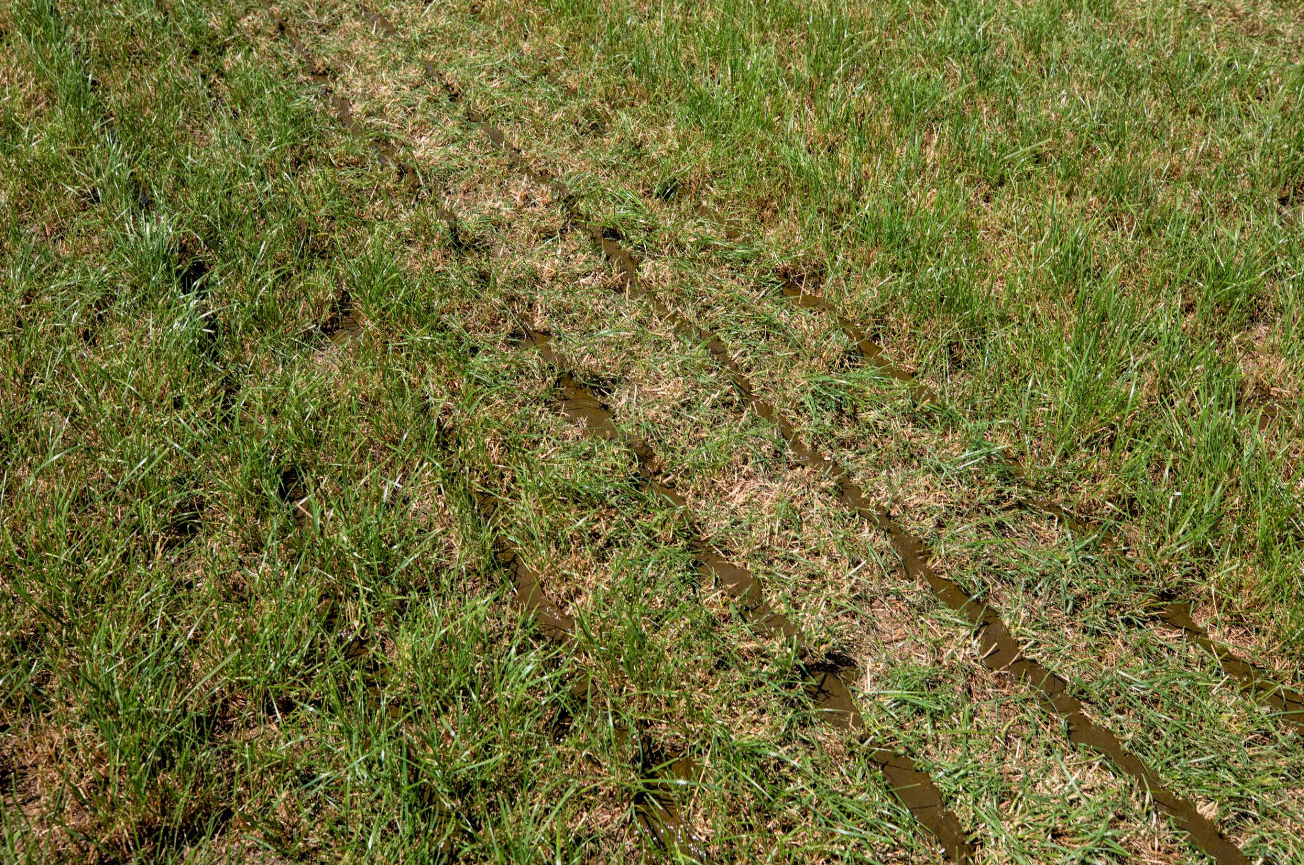
This ensures the greatest amount of nutrients are applied to the ground and offers significant reductions in odour and contamination.
Using dribble bars and trailing shoes can typically reduce ammonia emissions from spreading by between 30% and 60% compared with surface broadcasting e.g. a splash plate.
Spread the correct amount
Over-application of liquid manure can cause run-off from fields into waterways. There are ways you can avoid this:
- Use a dribble bar and trailing shoe system rather than inaccurate splash plates
- Fit a flowmeter to your distribution system to quantify discharge rates and use bout width and forward speed to calculate slurry application rate
- If you are in a Nitrate Vulnerable Zone ensure that slurry applications do not exceed 250kg/ha N in a 12 month period and that application rates comply with NVZ rules and Farming Rules for Water.
Find out more about Vogelsang's dribble bars and trailing shoe systems:
Step 3: Calculate Crop Nutrient Supply
Find out the nutrient value of your your liquid manure
The crops’ available nitrogen supply from slurry applications will depend on several factors, including application timing and method, as well as soil type and overwinter rainfall. These tools help calculate the crop available nutrient supply by accounting for nitrate and ammonia emissions following application.
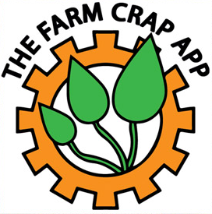
This user-friendly app lets you visually assess slurry application rates, select different seasons, crops and manure types to calculate nutrient supply, and what the manure would provide in terms of fertiliser value. It also shows you any potential savings to be made compared with manufactured fertilisers.
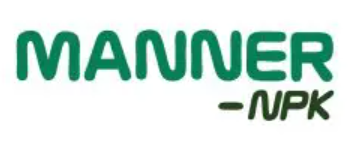
MANNER-NPK calculates crop available nutrient supply from slurry based on application timing, method, soil type and over winter rainfall. The financial value of the manure application in £/ha is calculated based on current fertiliser prices which can be edited. The programme also estimates the fate of the N following land application, and N losses via ammonia volatilisation, denitrification and leaching.
